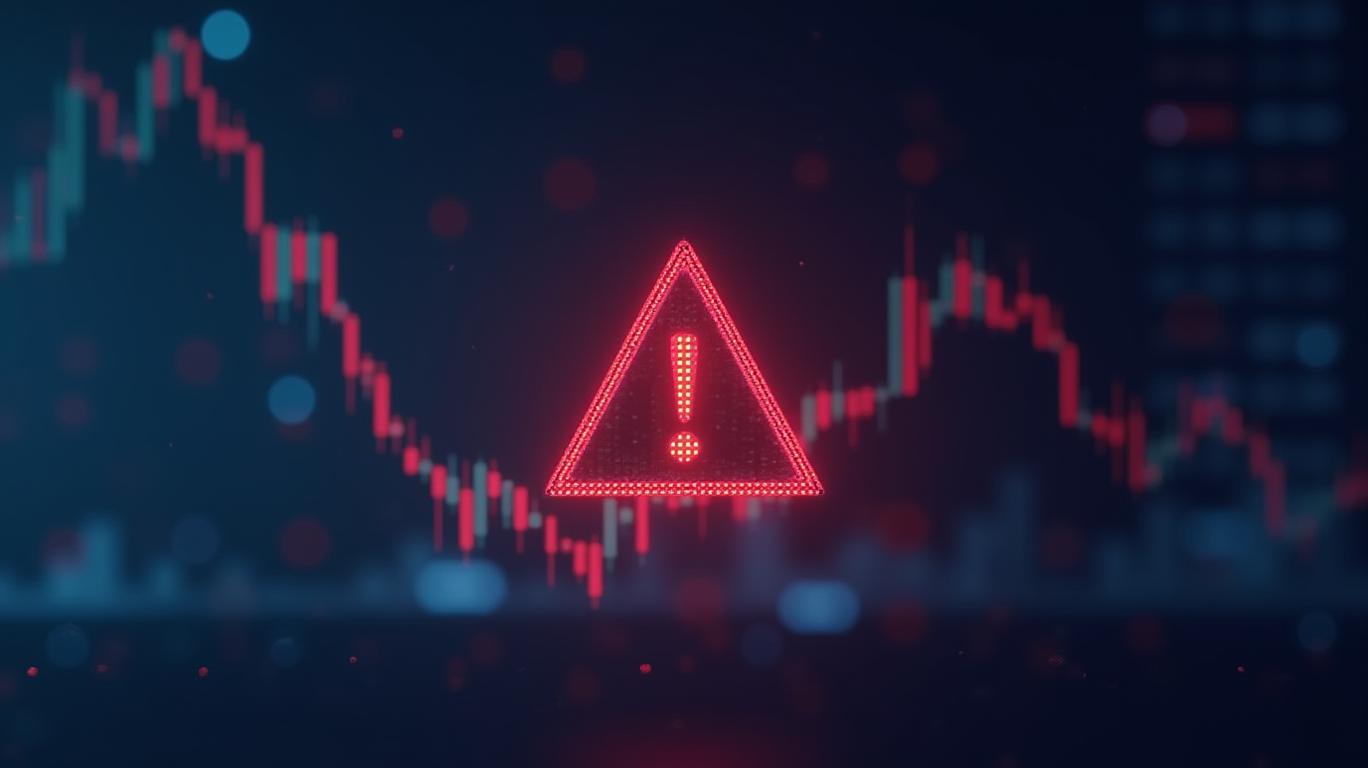HPQ's Tariff-Driven Earnings Miss: A Cross-Market Vulnerability Alert and Hedging Playbook

HP Inc.'s (HPQ) second-quarter earnings miss, marked by a 31% free cash flow collapse and profit warnings tied to U.S. tariffs, is not just a corporate stumble—it's a harbinger of systemic risk rippling through the tech and crypto markets. The company's struggles highlight a broader vulnerability: hardware manufacturers are trapped in a cost-squeeze vortex, while crypto miners face existential pricing pressures as tariffs on critical components balloon. For investors, this is a call to armor portfolios against cross-market contagion. Here's how to navigate—and profit from—the storm.
The HPQ Crisis: A Microcosm of Tech's Tariff Woes
HP's Q2 results reveal a stark reality: tariffs are killing margins. show a steady erosion, with GAAP operating margins plummeting to 4.9% as tariffs on Chinese imports (now at 145% in some sectors) force cost pass-throughs. The company's $95M negative free cash flow underscores a liquidity crunch, while its $2.3B full-year free cash flow forecast relies on “cost mitigation”—a euphemism for price hikes or operational austerity.
But HP isn't alone. reveals a sector-wide slump. Competitors like Dell and AMD face similar headwinds: tariffs on semiconductors, servers, and mining hardware (which rely on Chinese-made ASICs) are creating a “cost spiral.” For investors, this isn't just about HPQ—it's about a tech sector increasingly vulnerable to geopolitical pricing wars.
The Crypto Spillover: Mining Margins and Market Volatility
The ripple effects extend to crypto, where tariffs on ASICs—critical for Bitcoin (BTC) and Ethereum (ETH) mining—are upending profitability. shows a correlation: when tariffs spike, BTC falls. A 20% tariff on Chinese ASICs (soon to hit 34% under reciprocation) pushes hardware costs up 109%, gutting miners' margins. The result? Forced sales of crypto holdings to cover expenses—a feedback loop that depresses prices.
The data is stark: Bitcoin's 40% correlation with NASDAQ and Ethereum's 42% link to tech equities mean crypto markets are now tethered to equity volatility. A recessionary “risk-off” environment—fueled by tariff-driven inflation—could trigger simultaneous sell-offs in both arenas.
Hedging Strategies: Armor Your Portfolio Against Cross-Market Contagion
1. Short Tech Equities Exposed to Tariff Risk
Action: Short HPQ, AMD, or NVDA.
Why: These companies are tariff casualties. HPQ's stock is down 22% YTD, and its EPS guidance cut signals further downside. AMD's reliance on Taiwan-made chips (subject to U.S. sanctions) amplifies risk.
2. Allocate to Stablecoins for Liquidity and Safety
Action: Shift 10–15% of crypto holdings into USDC or USDT.
Why: Stablecoins are the “cash of crypto,” offering insulation from volatility. During the Q2 tariff panic, stablecoin volumes surged 18%, as traders liquidated risk assets.
3. Target Decoupled Crypto Assets
Action: Buy DeFi tokens (e.g., UNI) or privacy coins (e.g., XMR).
Why: These assets have weaker correlations with equities. During Q2's tech sell-off, XMR outperformed BTC by 12%, as its use case (privacy) thrives in uncertain macro environments.
4. Use Options to Hedge Equity Exposure
Action: Sell call options on tech ETFs (e.g., XLK) or buy puts on BTC futures.
Why: Options provide non-linear protection. A 5% allocation to XLK puts could offset losses if tariffs trigger a sector crash.
The Bottom Line: Act Now to Mitigate Cross-Market Risks
The HPQ earnings miss is a canary in the coal mine. Tariffs are restructuring the global tech economy, and crypto is collateral damage in this trade war. Investors who ignore cross-market linkages risk catastrophic losses. By shorting tariff-sensitive equities, anchoring crypto portfolios in stablecoins, and targeting decoupled assets, you can turn systemic risk into opportunity.
The window to act is narrowing. The next tariff escalation—expected by Q4—could trigger a synchronized selloff. Don't wait for the crash—position yourself now.

Nick Timiraos is a pseudonymous contributor specializing in macro-driven investment analysis.

Comments
No comments yet